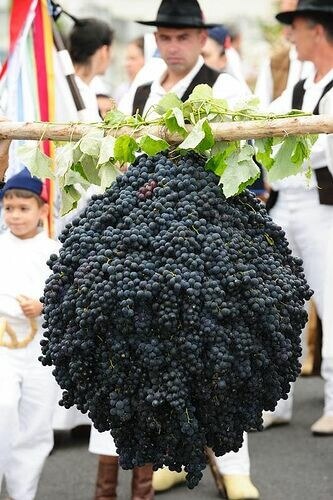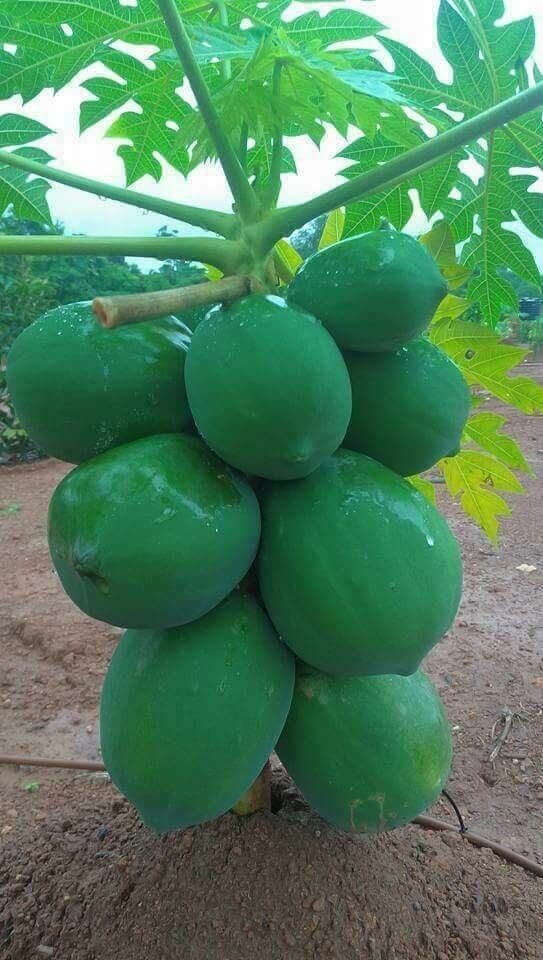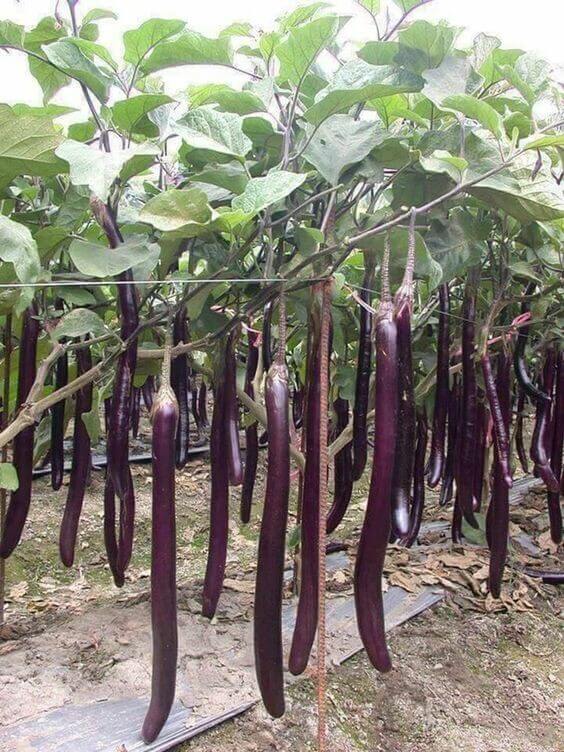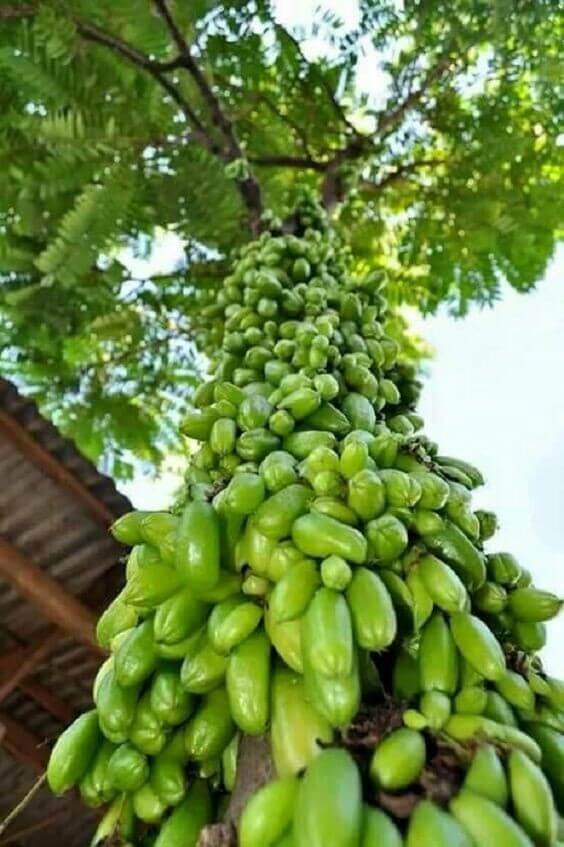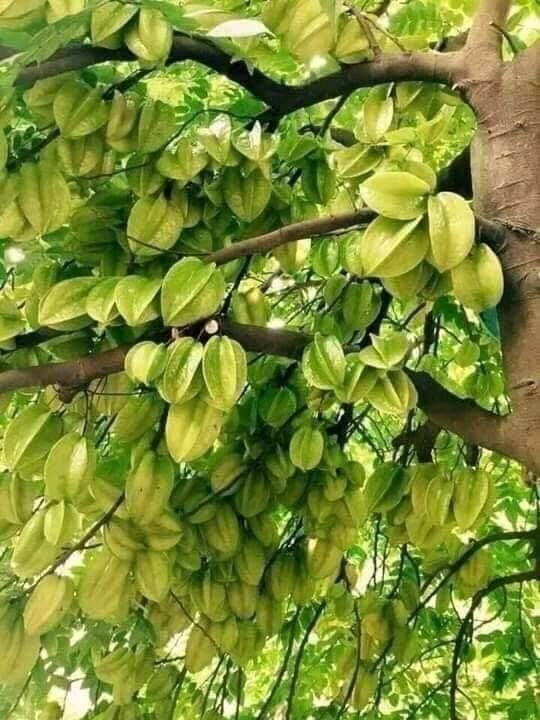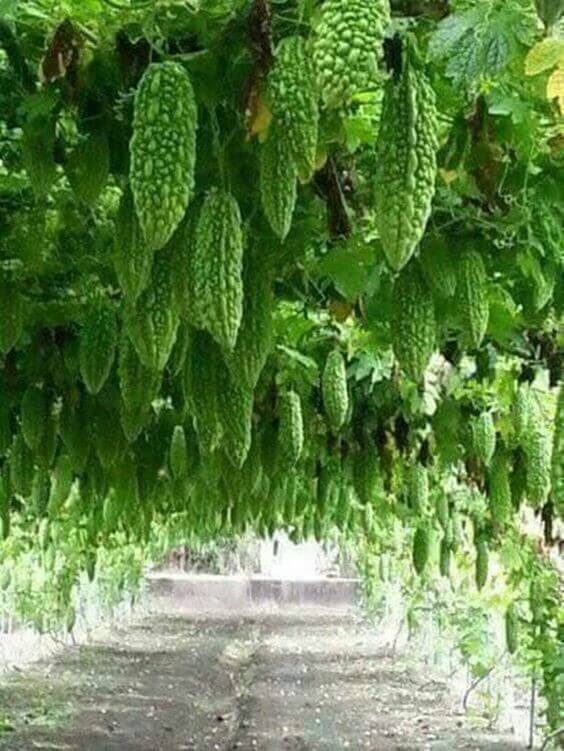Plants display an incredible range of fruit production in the natural world. Some plants produce plentiful fruits, while others produce disappointingly little or none at all. By understanding the factors that influence this variation, we can gain insight into the complex workings of plant life. This article delves into the reasons why some trees produce many fruits, while others produce few or none.
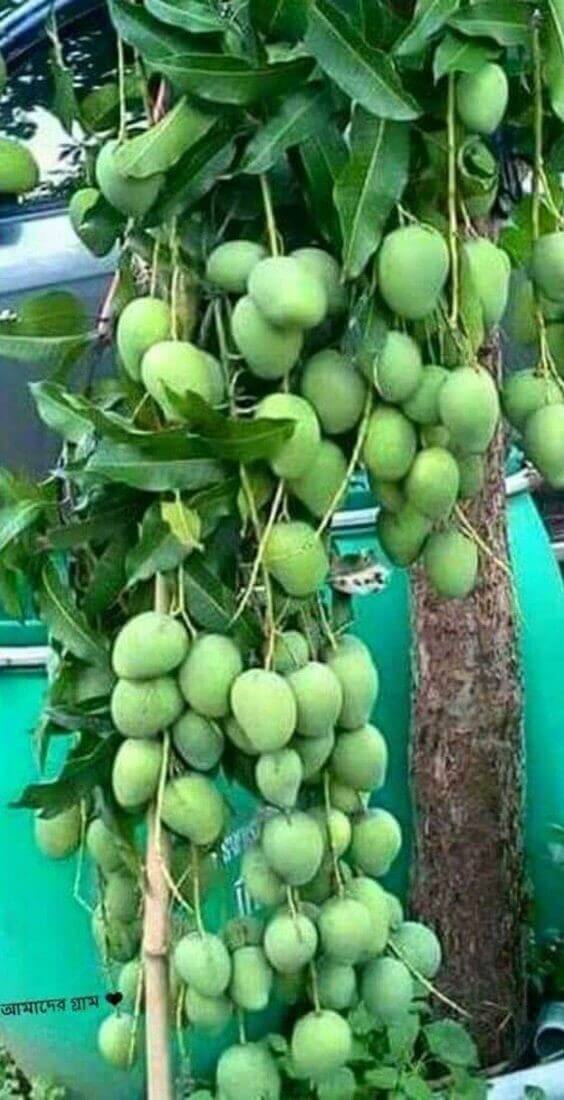
The genetic composition of trees plays a vital role in determining the yield of fruits. Trees inherit traits from their parents, just like humans do. Some tree species have been selectively bred or have naturally evolved to have a knack for producing an abundance of fruits. On the other hand, some may have deficiencies in their genetic makeup that prevent them from bearing fruits in large numbers.
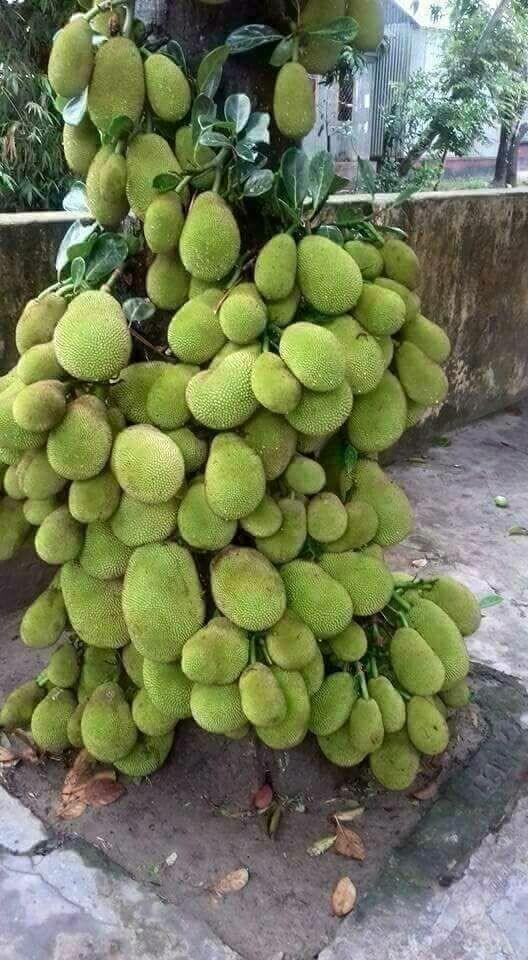
The growth and production of fruit heavily rely on environmental factors. Trees need specific weather conditions such as temperature, humidity, and sunlight to flourish and produce a plentiful harvest. If the sun exposure is not enough, the temperature is too extreme, or there aren’t enough appropriate pollinators, it can negatively impact the amount of fruit produced.
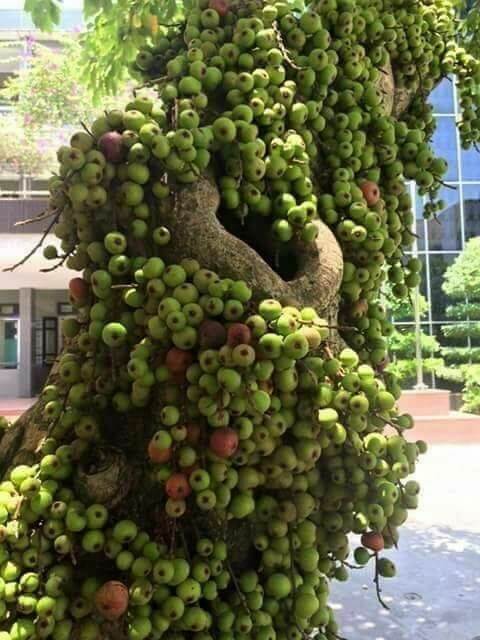
Pollination plays a crucial role in the production of fruits in several species by transferring pollen from male to female reproductive organs of plants. While some plants depend on water or wind for pollination, others need insects, birds, or animals for assistance. However, when there is a shortage or absence of required pollinators, fruit production can drop drastically.
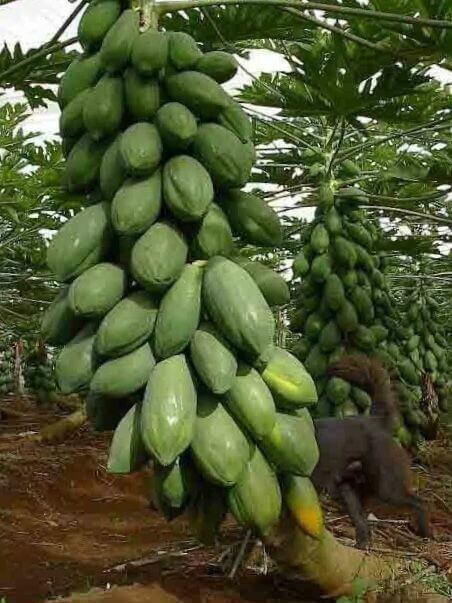
The fruiting capacity of a tree is also affected by its age. Typically, it takes several years before fruit-bearing trees reach maturity and start producing substantial amounts of fruit. Young trees tend to focus more on growth and establishment rather than fruit production. So, if you’re growing fruit trees, you need to be patient because their fruiting potential increases as they age.

Plants need to be well-fed with the right nutrients to thrive and bear fruit. Inadequate levels of key elements like nitrogen, phosphorus, or potassium can stunt growth and reduce fruit yield. By adopting appropriate soil management techniques and fertilizing effectively, we can overcome nutrient deficiencies and ensure the healthy growth of fruit trees.

The realm of fruit-bearing trees is a captivating blend of diversity and intricacy. Certain trees provide an ample supply of delectable fruits, while others seem to bear less or none at all. The distinctiveness in yield among different tree species is influenced by several factors such as genetic differences, environmental elements, pollination patterns, plant growth stages, and nutrient supply. With this knowledge, we can make well-informed decisions in nurturing and maintaining fruit trees, ensuring that we get the most out of them and relishing the abundant benefits they bring.
